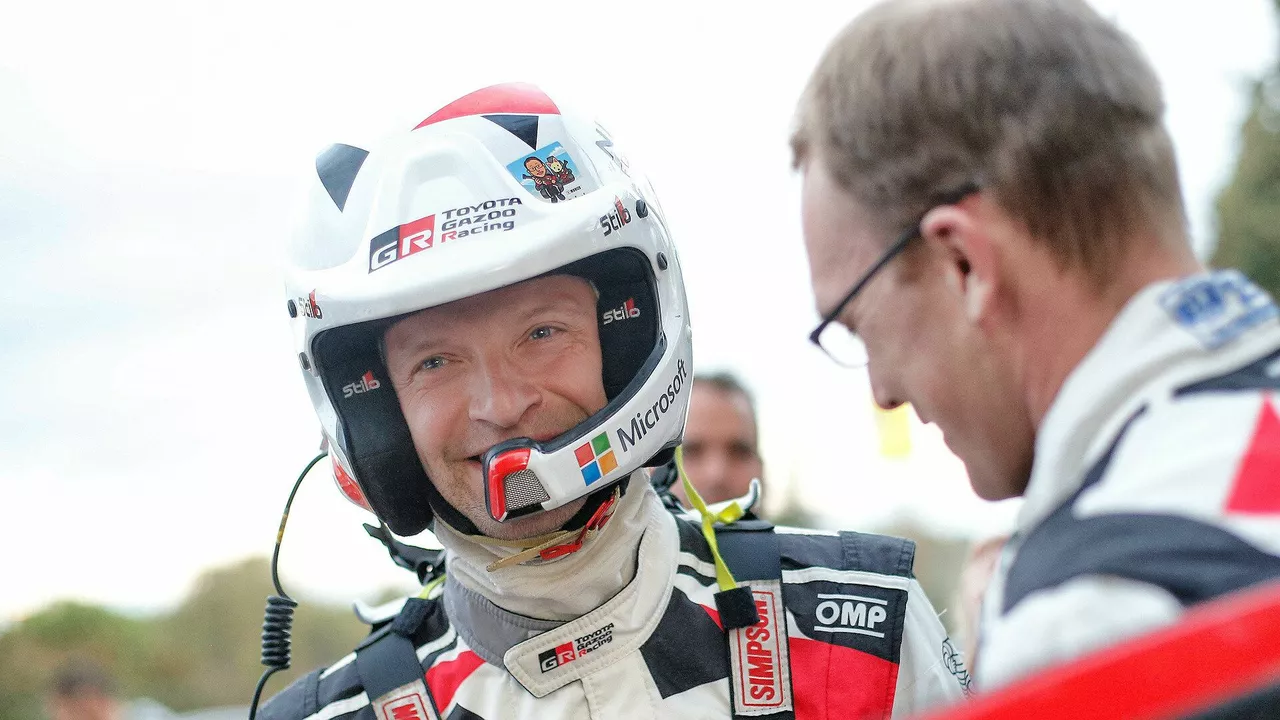Co-Pilot Essentials: How to Nail the Rally Navigation Role
Ever wondered why rally teams talk about the driver and the co-pilot as a single unit? The truth is, a co-pilot does more than read notes – they keep the car on the right line, warn about hazards, and keep the driver focused. If you’re thinking about stepping into the co-pilot seat, this guide breaks down the core duties, tools, and habits you need to succeed.
What a Rally Co‑Pilot Actually Does
The co‑pilot’s job starts before the car even rolls out of the garage. They prepare the pacenotes – a detailed, shorthand description of every turn, jump, and surface change on the stage. During the run, they read those notes out loud, timing each phrase so the driver knows exactly what’s coming a split‑second ahead.
Beyond note‑calling, a good co‑pilot watches the road for unexpected obstacles, like a stray rock or a sudden splash of water. When they spot something, they call out a quick warning (“rock!” or “wet!”) so the driver can adjust on the fly. They also manage the rally clock, making sure the team meets time controls without losing speed.
Tools of the Trade: Gear You Can’t Ignore
Most co‑pilots rely on a simple setup: a sturdy notebook for pacenotes, a reliable voice‑amplification system, and a handheld GPS for backup. The notebook is usually a small, spiral‑bound pad with thick paper that won’t tear when you flip fast. Many teams use color‑coded pens to differentiate types of corners – tight, medium, or wide.
Radio headsets are a must. A clear, noise‑cancelling mic ensures the driver hears every word, even when the engine roars. Some crews add a second screen showing live timing, which helps the co‑pilot track how far ahead or behind they are compared to the target time.
Finally, a good pair of sunglasses can protect your eyes from glare, and earplugs keep you from getting rattled by the constant roar.
Now that you know the basics, here are three practical tips to become a reliable co‑pilot:
- Practice your pacing. The rhythm of calling notes is critical. Too fast and the driver can’t process; too slow and they lose momentum. Record a practice run and listen back to find the sweet spot.
- Stay calm under pressure. Rally stages are unpredictable. If a note is missed, keep your voice steady and focus on the next cue. The driver will appreciate a composed co‑pilot more than an apologetic one.
- Know the car’s limits. Every rally car behaves differently in mud, snow, or gravel. Spend time with the driver learning how the car reacts, then tailor your notes to match those quirks.
Remember, the co‑pilot and driver are a team – success comes from trust and clear communication. Spend time off the stage working on your chemistry: discuss strategies, rehearse notes, and test equipment together.
If you’re serious about becoming a co‑pilot, start by volunteering at local rally events. Observe experienced co‑pilots, take notes on how they phrase warnings, and ask to sit in the passenger seat during practice runs. The more exposure you get, the quicker you’ll develop the instincts that separate a good co‑pilot from a great one.
At the end of the day, rallying is about speed, skill, and teamwork. Your role as a co‑pilot is the glue that holds everything together. Master the notes, stay sharp, and you’ll find yourself thriving in the world of rally racing.

What does a co-pilot do in a rally?
As a rally enthusiast, I've always been curious about the role of a co-pilot in a rally race. A co-pilot, also known as a navigator or co-driver, plays a crucial role in guiding the driver through the course by providing precise instructions on the route, the upcoming turns, and any obstacles ahead. They also help the driver maintain the correct pace and manage the car's performance, ensuring the team stays competitive throughout the race. The co-pilot is responsible for reading the pace notes, which are detailed descriptions of the route, and communicating them to the driver in real-time. In summary, a co-pilot's essential job is to ensure the driver has all the necessary information to navigate the rally course efficiently and safely.